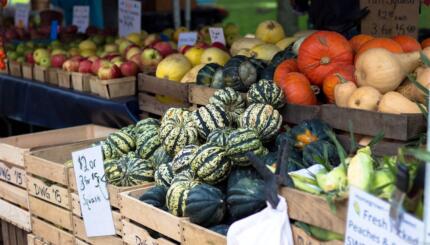There are a dizzying array of symbols found of food packaging that indicates something is certified kosher. Everything from the standard OU, to something as mysterious as a K-Dairy inside a tiny outline of Texas, or a little picture of a lion lying in front of a tablet-shaped thing that says Tri-Sulom. Sometimes you can find a food with a weird symbol on it and not be sure that it’s telling you something is kosher, or if it’s just a packaged food covered in weird hieroglyphics. Today I was over at kosher-ny.com looking at a kosher restaurant and noticed a little ad for an online service that will let you check a teudah (certification) online or on your PDA if you know the Universal Kosher Database number. I wasn’t able to find out how one would decipher what the UKD is on any given product, and anyway the UKD only includes products that have an OU. So–what’s the point of looking something up on the UKD if it has an OU?
Thinking about this made me think about what it was like to keep kosher in England and Ireland, where kashrut is a whole different cricket game. In the UK they generally don’t have symbols on packaging–instead everyone gets a handy little Kosher Food Guide that lists all of the kosher products for sale in Britain. No word yet on whether the “Universal” Kosher database includes England. My guess is not.
kashrut
Pronounced: kahsh-ROOT, Origin: Hebrew, the Jewish dietary laws.
kosher
Pronounced: KOH-sher, Origin: Hebrew, adhering to kashrut, the traditional Jewish dietary laws.



